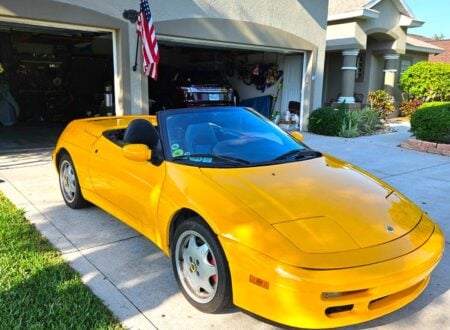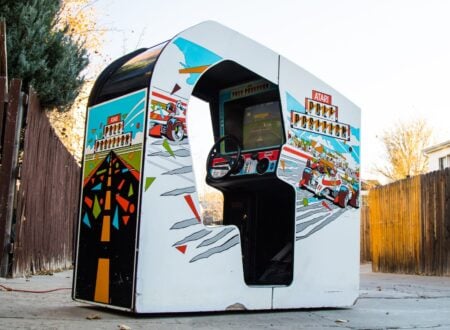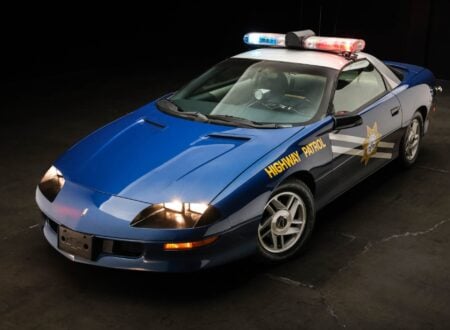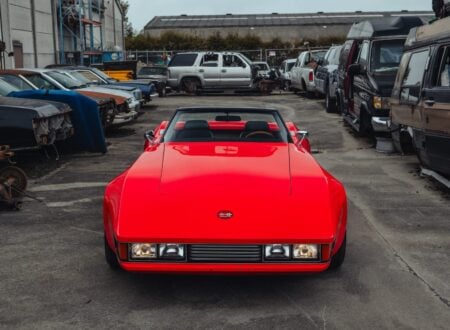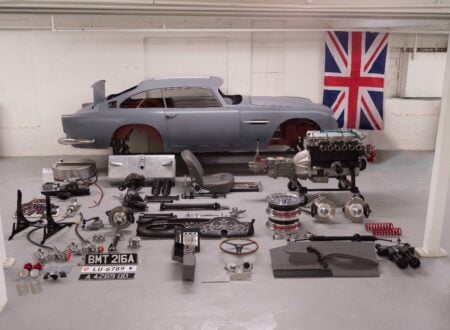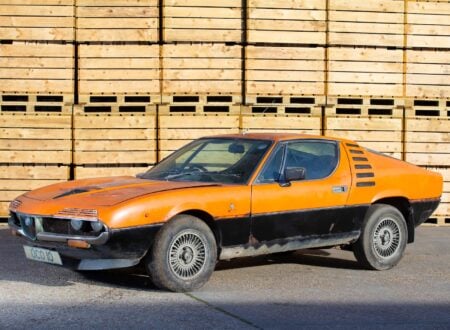The 1932 Ford Model 18 Edsel Ford Speedster was developed by Henry Ford’s son and President of Ford – Edsel B. Ford. Whereas Henry was a hard-nosed man who had grown up on a farm, and thus valued practicality above all else, Edsel was a natural born artist who deeply valued aesthetics – he owned a Bugatti, a Hispano-Suiza, a Stutz and a range of other cars over his life.
After a trip to Europe in early 1932 Edsel got to work with Eugene T. Gregorie to develop a Ford sports car, an American take on the beautiful, low-slung race cars that he’d seen on the Continent.
Eugene T. “Bob” Gregorie was a yacht designer who had previously worked at Brewster & Company and Harley Earl’s GM Art & Colour studio, he had an affinity with Edsel and the two men formed the head of a small team that would create Fords that looked nothing like the utilitarian creations of the company’s founder.
Because of Edsel’s clout, the project had free access to Ford’s Aircraft division, and due to the Great Depression the team essentially had free access to the Lincoln plant – as it had been temporarily closed.
A brand new 1932 Ford chassis was chosen, a body was then fabricated by hand by craftsmen from the Ford Aircraft factory. Aluminium was chosen for the sleek roadsters boat-tailed shape, all of which was formed by hand over a period of weeks. The wheel cowlings were sourced directly from the Ford Tri-Motor aircraft – they’re modified versions of the cowlings used on the wheels of some versions of the Tri-Motor, a time and cost saving measure that suited the car perfectly.
Edsel specified that his Model 18 Speedster should have no roof and no provision for a soft-top – it wad to be a fair weather car designed with the sporting driver in mind. The grill resembles a cross between the 1932 and 1933 Ford grill designs – to the point where it might have been the original influence for the different grill used on the ’33 model.
The swept back windscreen and boat-tail rear end were both design queues that graced many of the finest sporting cars of the era, couple with wire wheels, and a lack of any front or rear bumpers, or side running boards.
When the car was completed Edsel could be seen driving it to work occasionally, but more than anything it formed the foundation of a series of 3 cars that the same team would build, with each one showing significant evolution.
After having been in an accident and finding itself sitting in a Connecticut body shop for 50 years, the car was rediscovered and subject to a 5 years restoration that focussed on getting the car back into original shape – just as it was the day it rolled out of the empty Lincoln factory for the first time.
If you’d like to read more about the one-off Ford Model 18 Edsel Ford Speedster you can click here to visit RM Sotheby’s.
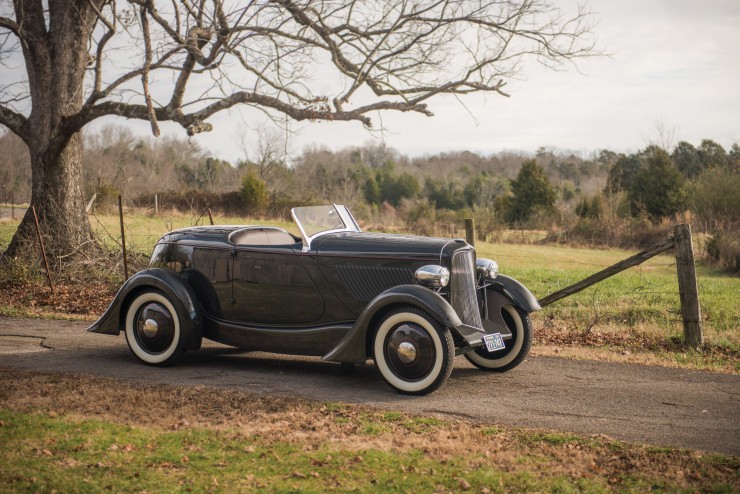
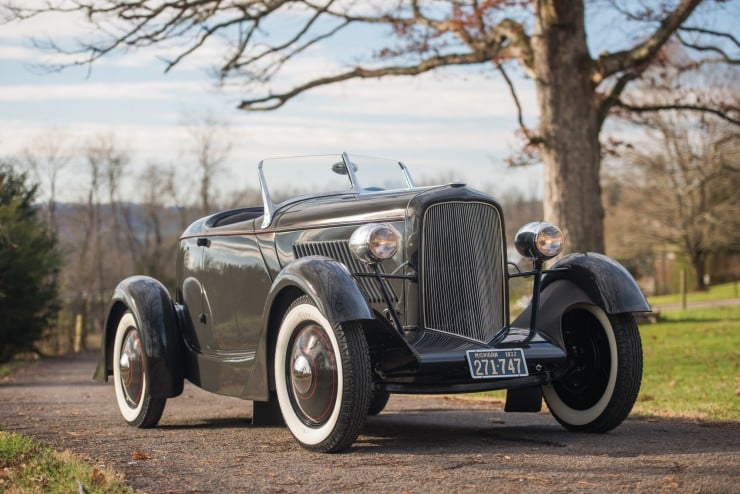
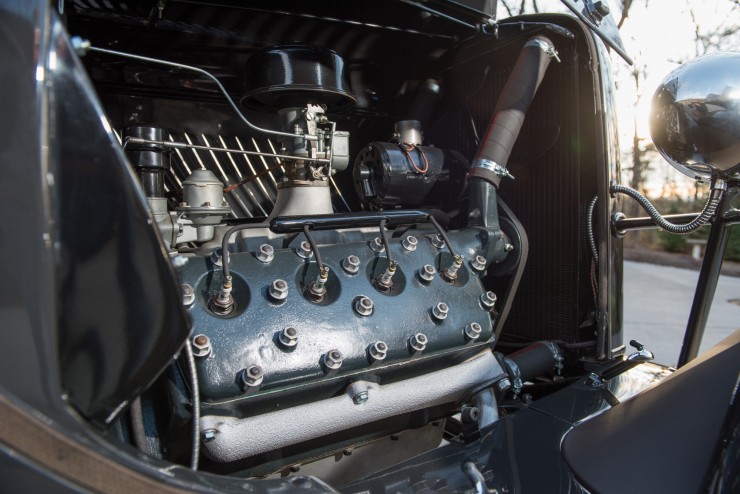
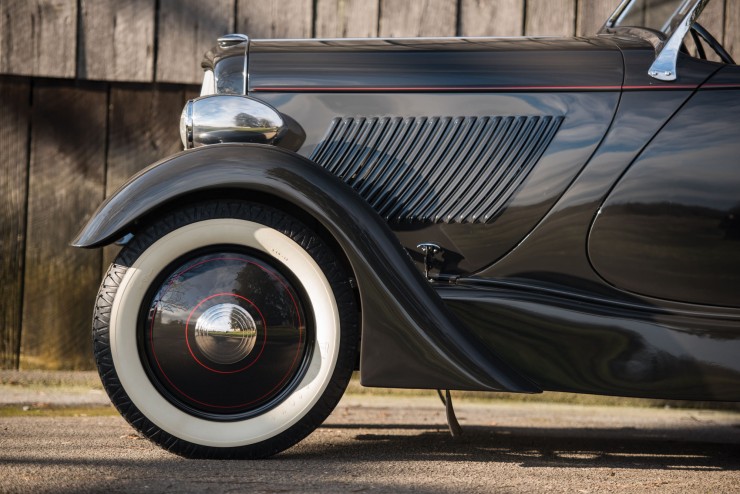
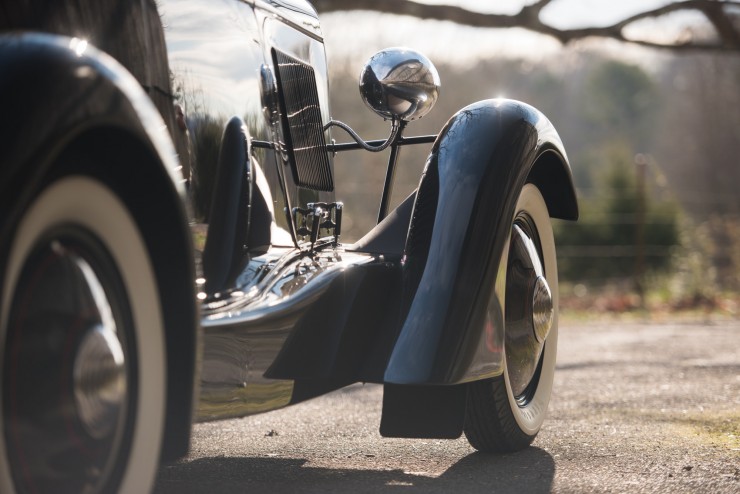
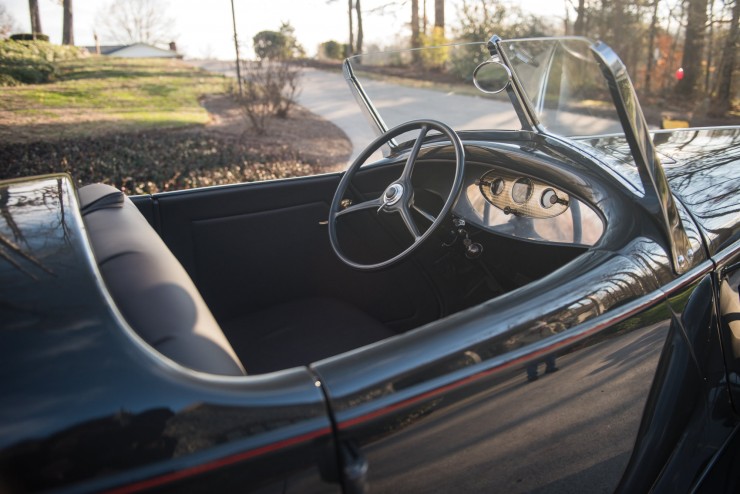
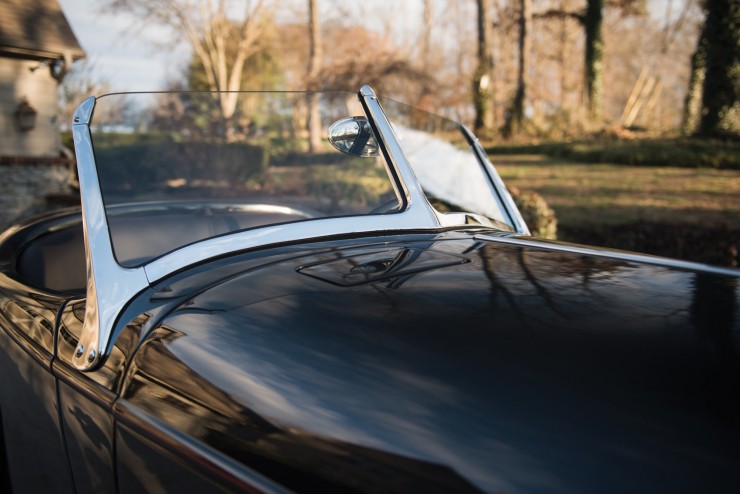
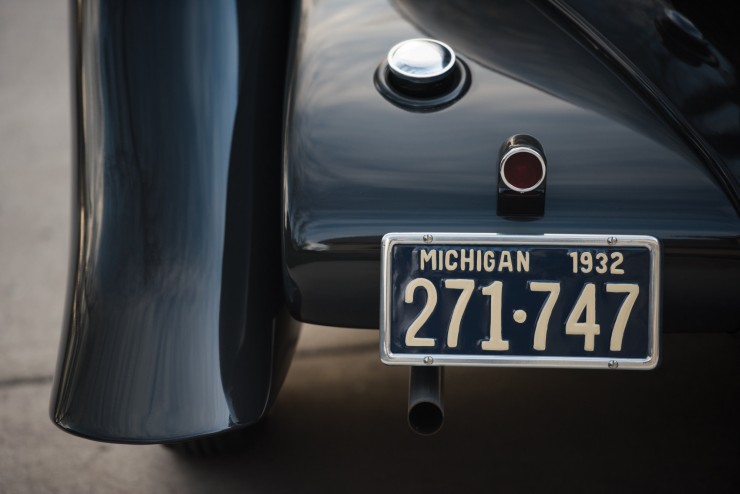
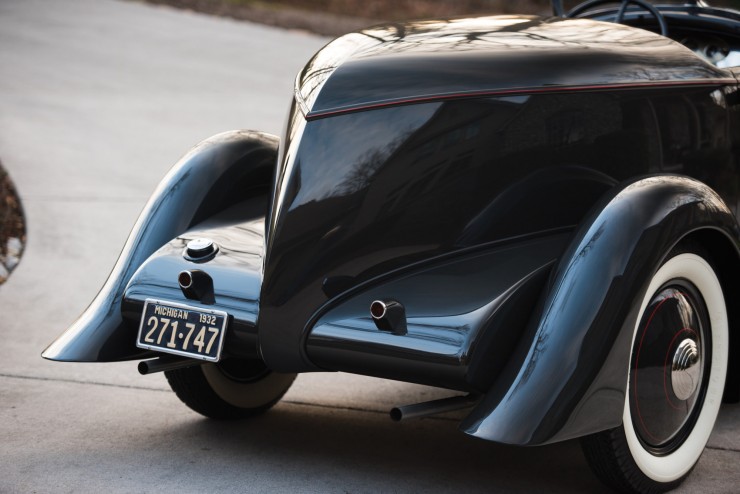
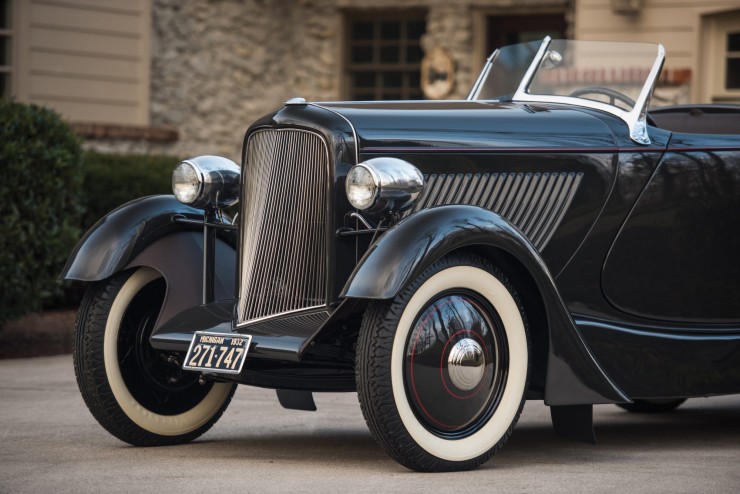
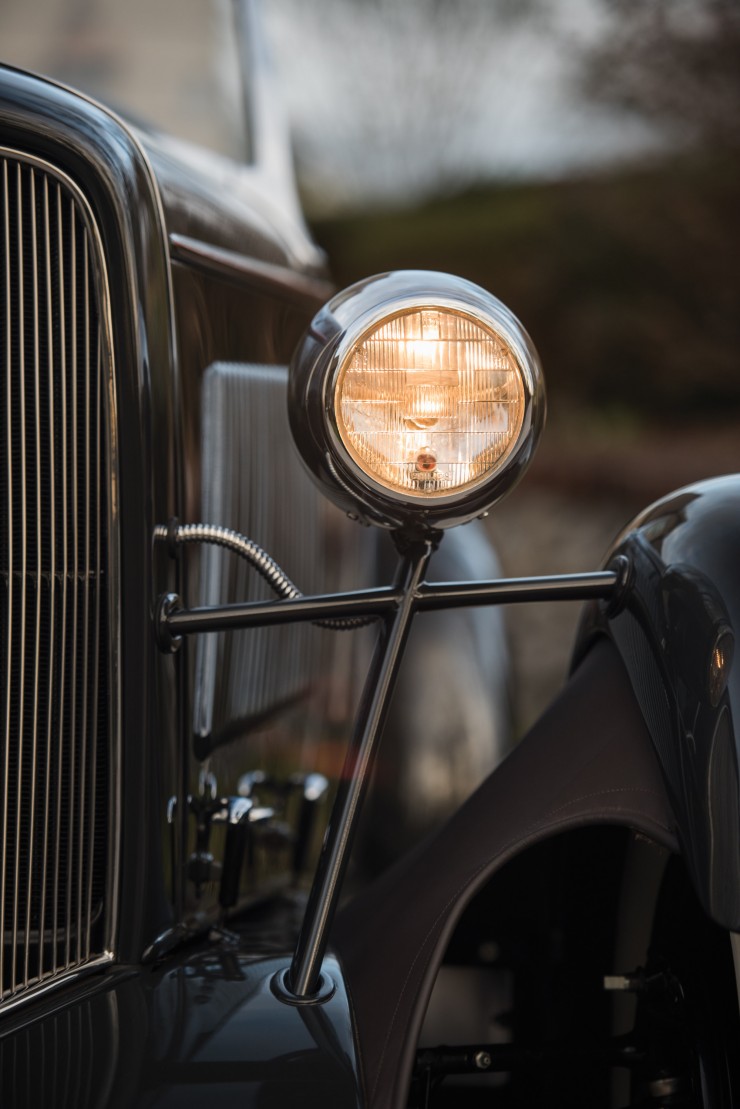
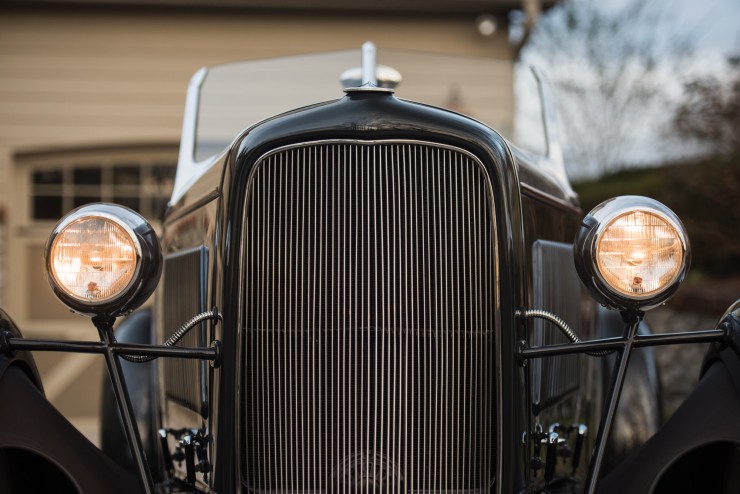
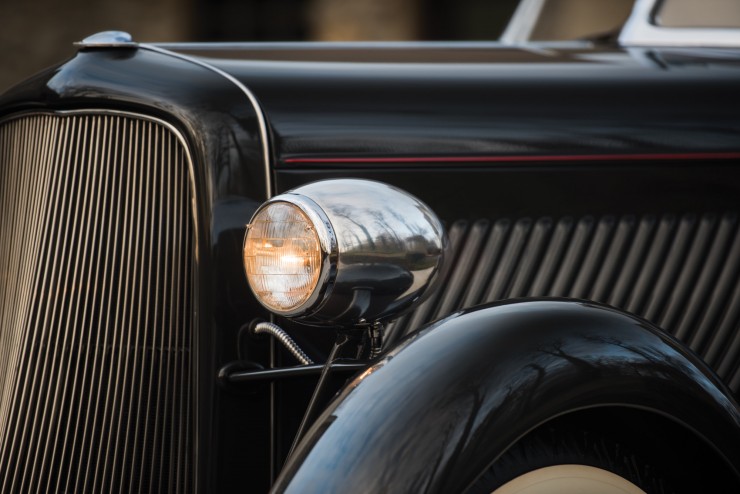
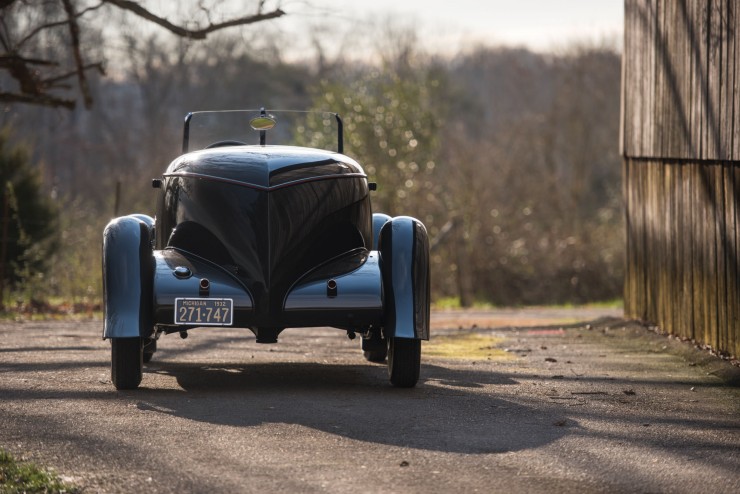
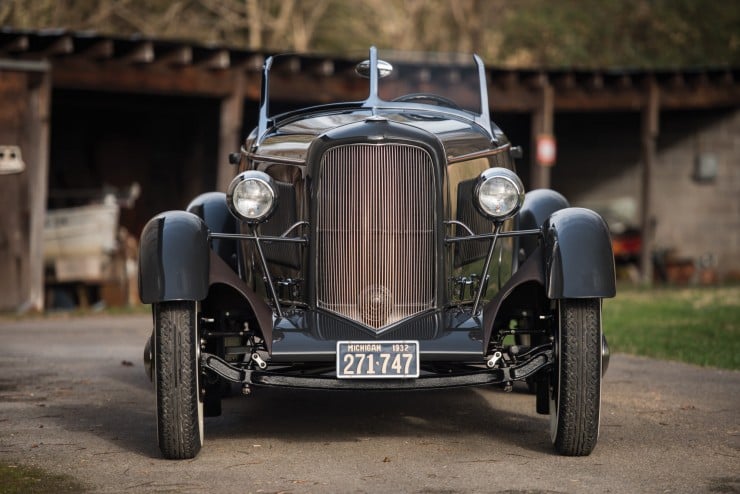
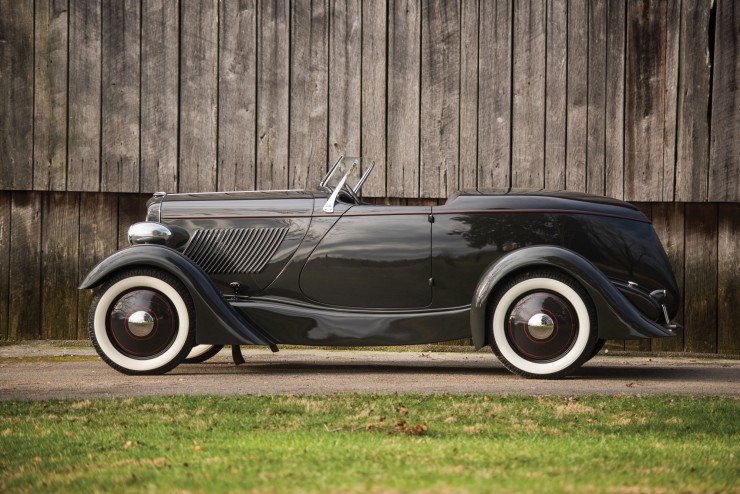
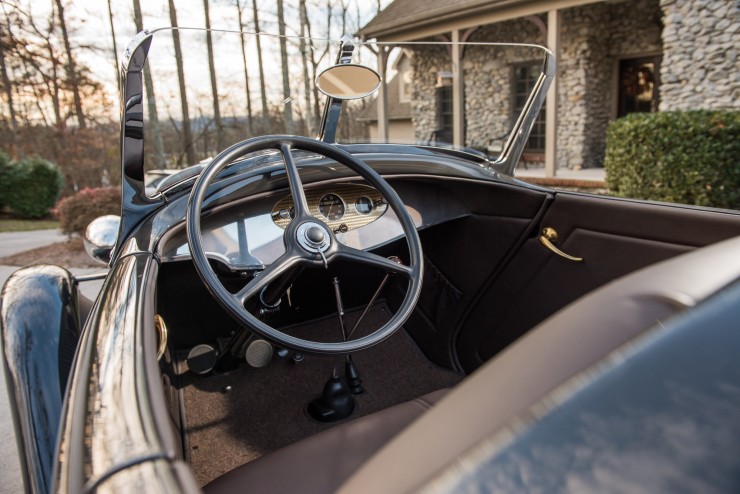
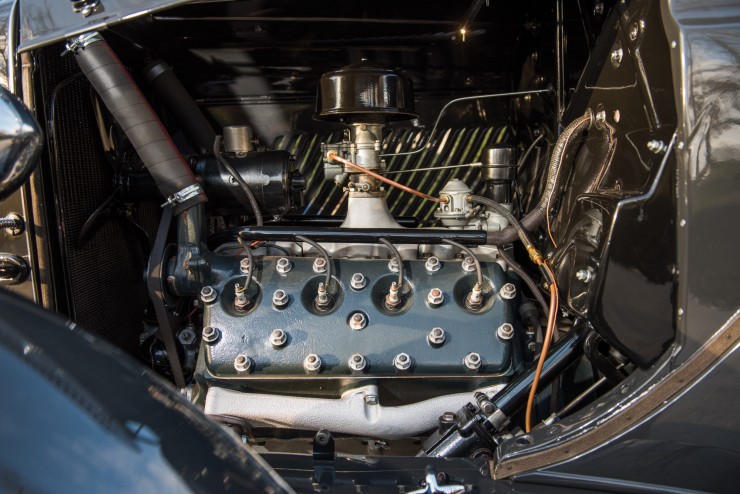
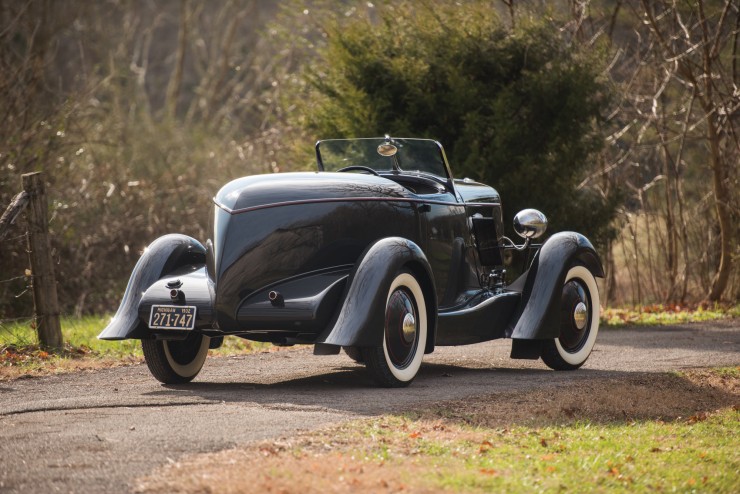
Photo Credits: Darin Schnabel ©2016 Courtesy of RM Sothebys



